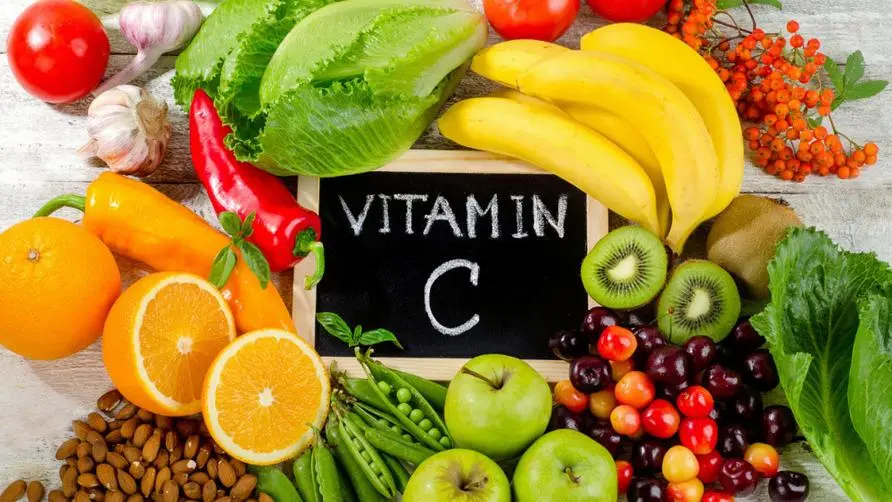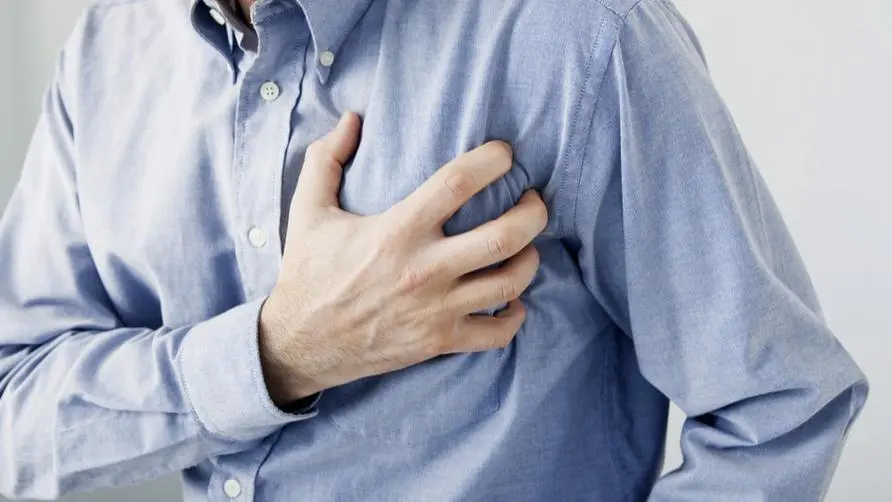Eating the right food can reduce edema! Nutritionist reveals the list of "Top 20 High Potassium Fruits". These two kinds can also help relieve constipation.

A must-see after a big meal or a heavy meal! To fight edema, you must eat “20 high-potassium fruits”
Occasionally, I indulge in a big meal, but when I stand on the scale, I am 2 kilograms fatter than before the meal. I look in the mirror the next day and find that my face is “swollen.” The above-mentioned conditions that plague the majority of women or beauty lovers are very likely. Is it a case of “edema”? Dietitian Gao Minmin pointed out in the community that many women often suffer from edema. In fact, proper intake of “high potassium foods” can help alleviate edema.
Why does eating too salty and heavy foods lead to edema? Dietitian Gao Minmin explains that if you consume too much heavy-flavored, salty or processed foods, you may also eat too much sodium, causing the osmotic pressure balance of cells to become abnormal, causing water retention in the body to form edema. As for how to eliminate edema caused by high sodium? Nutritionist Gao Minmin suggests that people can consume fruits rich in potassium to help the body excrete excess sodium to achieve the purpose of “retaining potassium and excreting sodium”:
1. Custard Apple
Potassium: 390mg / Calorie: 100kcal
2. Banana
Potassium: 368mg / Calorie: 82kcal
3. Kiwi fruit
Potassium: 291mg / Calorie: 52kcal
4. Longan
Potassium: 282mg / Calorie: 69kcal
5. cherry tomatoes
Potassium: 269mg / Calorie: 30kcal
6. Cantaloupe
Potassium: 259mg / Calorie: 38kcal
7. Golden Kiwi Fruit
Potassium: 252mg / Calorie: 57kcal
8. Cherry
Potassium: 236mg / Calorie: 73kcal
9. Dragon fruit (white flesh)
Potassium: 226mg / Calorie: 49kcal
10. Cantaloupe
Potassium: 225mg / Calorie: 29kcal
11. Dragon fruit (red meat)
Potassium: 219mg / Calorie: 48kcal
12. Peach
Potassium: 205mg / Calorie: 37kcal
13. Passion fruit
Potassium: 200mg / Calorie: 55kcal
14. Strawberry
Potassium: 199mg / Calorie: 36kcal
15. Papaya
Potassium: 186mg / Calorie: 36kcal
16. Lychee
Potassium: 185mg / Calorie: 64kcal
17. Ruby Grapefruit
Potassium: 184mg / Calorie: 35kcal
18. Pearl Guava
Potassium: 176mg / Calorie: 36kcal
19. Red Heart Guava
Potassium: 166mg / Calorie: 36kcal
20. Plums
Potassium: 148mg / Calorie: 37kcal
The more high-potassium fruits you eat, the better! “Three groups” to avoid overdose leading to hyperkalemia
Nutritionist Gao Minmin emphasized that in addition to being rich in potassium, the above-mentioned specific fruits are also rich in multiple nutrients. For example, kiwi fruit contains vitamin C and kiwi fruit enzymes, which can significantly help gastrointestinal digestion; while bananas are rich in dietary fiber and pectin, which can Make gastrointestinal peristalsis smooth. Cantaloupe and saint tomatoes can help the body metabolize excess water. Among them, saint tomatoes are rich in vitamin C. It is recommended to eat 15 small pieces at a time.
In addition, if you eat it with high-potassium fruits when eating a big meal or a heavy meal, you may have a certain chance of preventing edema after a meal. Nutritionist Gao Minmin suggests that in addition to improving your diet, you can also combine it with 30 minutes of exercise to make it easier for excess water to be excreted from the body.
However, nutritionist Gao Minmin also reminds that at present, those who suffer from cardiovascular disease, take cardiovascular drugs, or are at high risk of “hyperkalemia” such as patients with kidney disease, renal failure, congestive heart failure, etc., must limit their intake of food. Potassium-containing fruits or foods to avoid burdening the kidneys. People who suffer from or are at risk of cardiovascular disease should discuss their dietary potassium intake with a cardiologist and regularly monitor blood potassium ion concentration to avoid abnormalities and adverse consequences caused by blood potassium.
Further reading:





